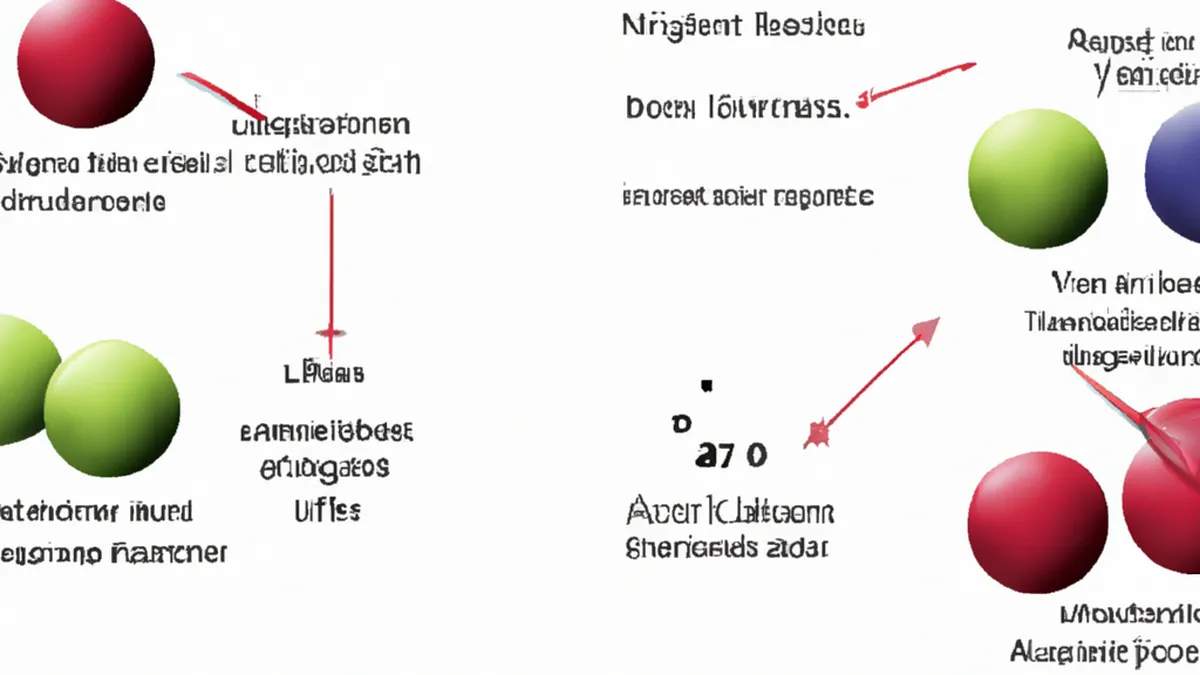Vary Your Workouts to Maximize Glycogen Benefits
How Different Types of Exercise Impact Muscle Glycogen Utilization
Muscle glycogen serves as a vital energy source during physical activity. Understanding how exercise impacts muscle glycogen utilization optimizes performance. This blog post explores exercise modalities and their effects on glycogen stores.
Understanding Muscle Glycogen
Muscle glycogen is the stored form of glucose in muscles. It provides quick energy during exercise. When you engage in physical activity, your body taps into glycogen reserves. The type and intensity of exercise significantly affect glycogen usage.
Aerobic Exercise and Glycogen Utilization
Aerobic exercise includes running, cycling, and swimming. These activities require sustained effort over time. During prolonged aerobic sessions, your body initially relies on glycogen. As the activity continues, it shifts to fat as a fuel source.
Low to Moderate Intensity
At low to moderate intensities, your body uses glycogen efficiently. For example, during long-distance runs, glycogen stores may last for hours. Studies show that trained athletes maintain performance longer by optimizing glycogen use.
High Intensity
Increasing intensity shifts your body’s reliance to glycogen. High-intensity exercises, like sprinting, quickly deplete glycogen stores. The energy demand exceeds what fat provides. Therefore, athletes often focus on carbohydrate loading before such events.
Resistance Training and Glycogen Utilization
Resistance training involves lifting weights or bodyweight exercises. This exercise type impacts glycogen differently than aerobic activities.
Short Bursts of Energy
Resistance training primarily uses glycogen for short bursts of energy. Performing heavy squats requires immediate energy. Glycogen serves as the quickest fuel for high-demand moments. Strength training can significantly deplete glycogen stores, especially at high volume.
Recovery and Replenishment
After resistance training, replenish glycogen. Consuming carbohydrates post-workout aids recovery. This prepares muscles for the next training session. Adequate recovery ensures optimal performance in future workouts.
High-Intensity Interval Training (HIIT) and Glycogen Utilization
HIIT combines short bursts of intense exercise with rest or low-intensity periods. This training method effectively impacts glycogen utilization.
Rapid Glycogen Depletion
During HIIT workouts, glycogen stores deplete rapidly. High intensity and short recovery periods cause this depletion. Research shows that HIIT leads to significant glycogen depletion faster than traditional aerobic training.
Enhanced Glycogen Storage
HIIT also promotes better glycogen storage. Your muscles become more efficient at storing glycogen over time. Regular HIIT sessions improve endurance and performance.
Tips for Optimizing Glycogen Utilization
To maximize exercise performance, consider these tips:
1. **Carbohydrate Loading:** Increase carbohydrate intake before endurance events. This maximizes glycogen stores.
2. **Post-Workout Nutrition:** Consume carbohydrates and protein within 30 minutes after exercise. This aids glycogen replenishment.
3. **Stay Hydrated:** Dehydration impairs glycogen utilization. Drink enough water before, during, and after exercise.
4. **Balance Intensity:** Mix different exercises in your routine. This ensures varied glycogen usage and enhances overall fitness.
Benefits of Understanding Glycogen Utilization
Understanding how exercise impacts glycogen usage offers several benefits:
1. **Improved Performance:** Optimize glycogen stores to enhance athletic performance. This is crucial for endurance athletes.
2. **Efficient Training:** Understanding glycogen utilization helps design better training programs. Target specific energy systems effectively.
3. **Injury Prevention:** Adequate glycogen levels reduce fatigue and lower injury risk. This is vital for maintaining a consistent training regimen.
4. **Faster Recovery:** Focus on glycogen replenishment to recover quickly. This allows for more frequent workouts and better results.
Conclusion
Different types of exercise significantly impact muscle glycogen utilization. Aerobic exercise primarily uses glycogen initially while shifting to fat over time. Resistance training relies on glycogen for short bursts of energy. HIIT rapidly depletes glycogen but enhances storage capacity.
By understanding these dynamics, tailor your training and nutrition strategies. Implement specific tips for glycogen management to improve performance, recover faster, and achieve better results. Remember, success lies in knowing how your body utilizes glycogen during various exercises.
Below are related products based on this post:
FAQ
What is muscle glycogen and why is it important for exercise?
Muscle glycogen is the stored form of glucose in muscles, serving as a vital energy source during physical activity. It provides quick energy, especially during prolonged and high-intensity exercises, making it essential for optimizing performance.
How does aerobic exercise affect glycogen utilization compared to resistance training?
Aerobic exercise primarily relies on glycogen during sustained efforts, initially utilizing glycogen before shifting to fat for fuel. In contrast, resistance training uses glycogen for short bursts of energy during high-demand moments, leading to significant glycogen depletion, especially at higher volumes.
What strategies can be used to optimize glycogen utilization for better performance?
To optimize glycogen utilization, consider carbohydrate loading before endurance events, consuming carbohydrates and protein post-workout for replenishment, staying hydrated, and balancing exercise intensity by mixing different types of workouts. These strategies enhance performance, recovery, and overall training efficacy.















Post Comment